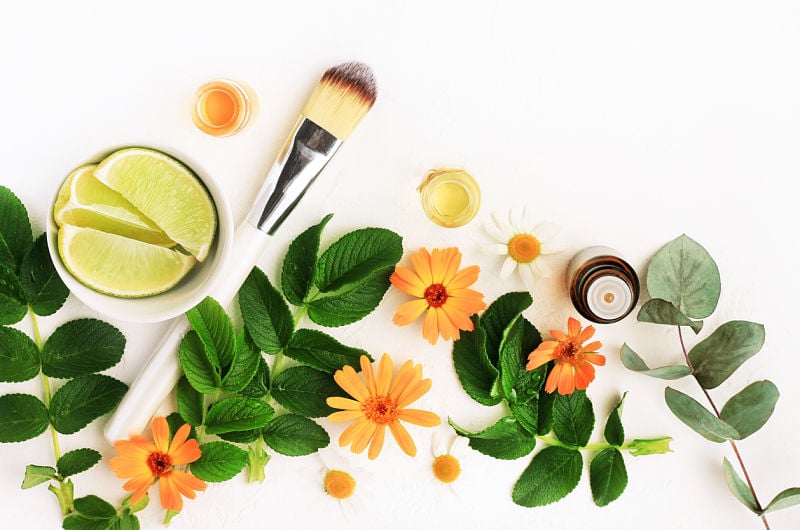Thousands of ingredients are used in cosmetics every day, but only a small portion of them provide an actual benefit to the formulation created by cosmetics manufacturers. Whether they are natural or chemically synthesized, they are essential for the manufacturing process. How can formulators get them and use them?
Emollients are among the conditioning ingredients most commonly used in cosmetics, they belong to the category of functional ingredients formulators need to do their job. But the use of natural emollients has its pros and cons since natural does not necessarily mean safer. In the next paragraphs we will learn more about functional ingredients and how to use natural emollients correctly.
What Is the Use of Functional Ingredients?
The main purpose of functional ingredients (also called functional raw materials) is to deliver a benefit to the formula. They also have the secondary effects of enhancing the feel of the cosmetic or stabilizing the formula. But formulators agree the main reason why functional ingredients are used is for the effect they have on skin and hair when they are applied.
What Are the Types of Functional Ingredients?
Most specialists agree there are 6 or 7 (depending on the point of view) types of functional ingredients, and they are:
Conditioners: They are used to alter the feel on skin or hair. Usually, they have to be left on the surface to provide a meaningful effect. This type of ingredient is important to us since it includes emollients as one of the most common conditioning materials. Other examples of these ingredients are:
- Humectants
- Cationic surfactants
- Occlusive agents
Cleansers: They are used to get rid of oil and dirt from the skin, hair or nail surfaces in order to give them a better appearance. The most common cleansers are surfactants, solvents and exfoliants.
Fragrances: They have an effect on the way a product smells since they can modify the odor of the surface in which they are applied. Perfumes and colognes use these ingredients.
Colors: They are used to provide color to the surfaces of skin, hair or nails. In the US, colorants are strictly regulated and only those approved by the FDA are allowed to be used in the manufacturing of cosmetics.
Reactives: Since some products result in chemical reactions, they use ingredients to remove hair in depilatories, to change the shape of hair, or to color the skin.
Film formers: They are polymers used to change the shape of hair and they benefit the creation of even surfaces in skin products.
So far we have mentioned 6 types of different functional ingredients, but some specialists consider there is a seventh functional ingredient group that is found in some cosmetics, but does not technically create a cosmetic, it creates a drug.
This group is the drug actives, which are ingredients that include:
- Anti-bacterials
- Sunscreens
- Skin lightening
- Anti-acne
- Antidandruff
- Antiperspirants
- Hair growth
- Anti-cavities
How to Get the Best out of an Emollient?
Thanks to the great balance between technology and natural products, our Dermanet line provides superior emollience for the manufacturing of cosmetics, especially for skin care and hair care applications. Our technology removes the natural stickiness of Glycerin and makes all oil soluble ingredients to be water soluble.
Other Benefits for Dry Skin (What Is the Best Setting Powder for Dry Skin?)
Our natural products also include Phytoleo Face, which improves feel for facial care products. Since it is composed of refined vegetable oils it is ideal for optimum skin care. The composition contains grape seed oil, pomace olive oil, jojoba oil and sunflower oil.
We also offer natural butters coated powders that are the best setting powder for dry skin, including cocoa butter, shea butter, mango butter, etc. They provide softness and moisturizing properties and are ideal to provide soft touch and excellent textures.


![Free ebook: The truth about biodegradable glitter [Click here and download now]](https://no-cache.hubspot.com/cta/default/4020212/b9c13b96-3024-4b35-9af9-cbd44d84ec15.png)


